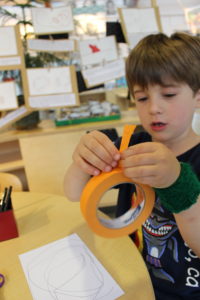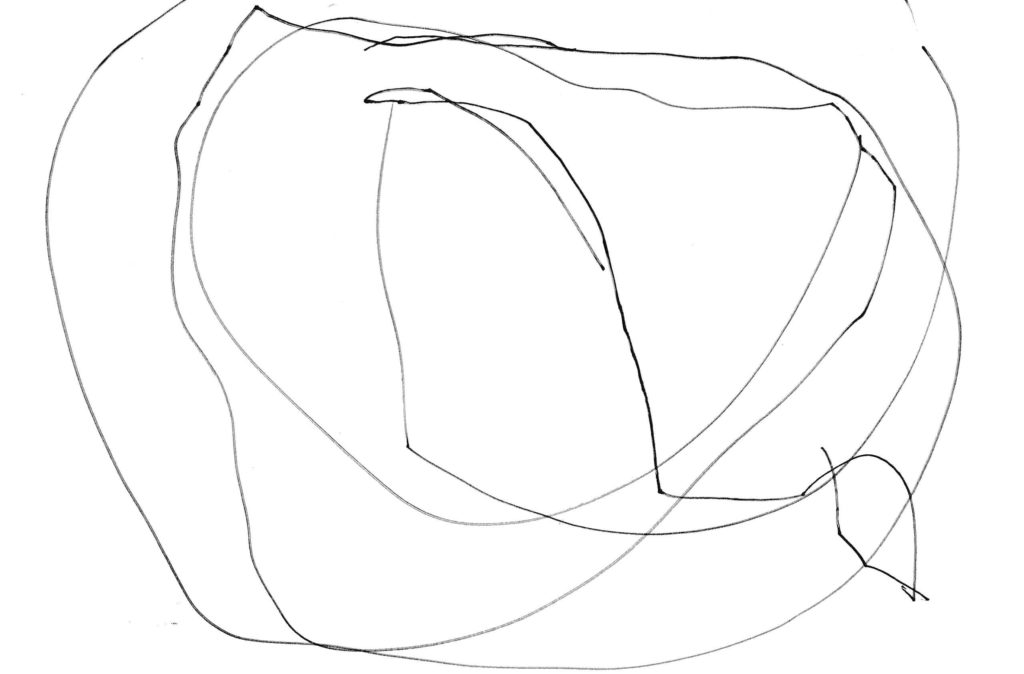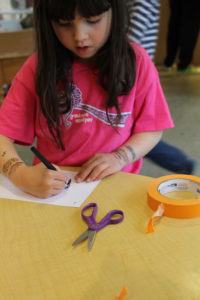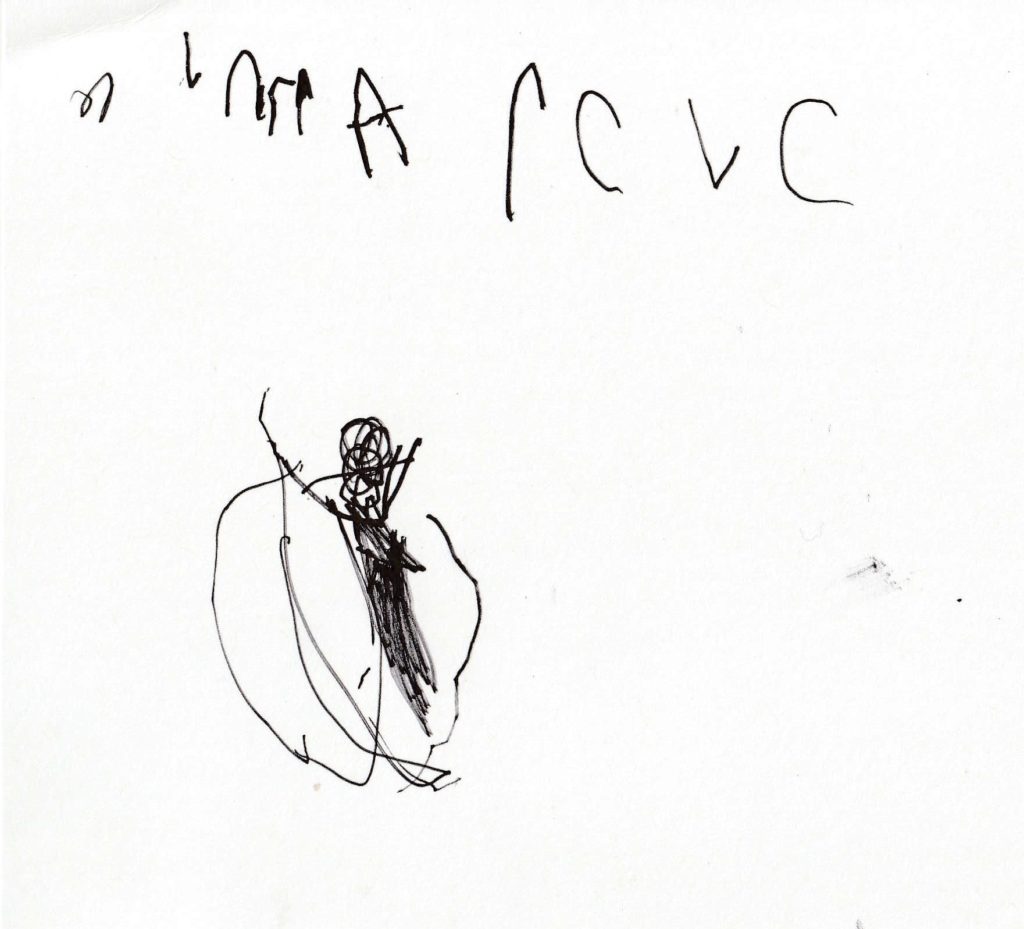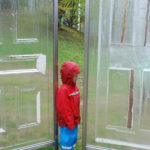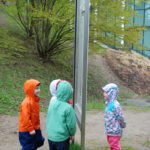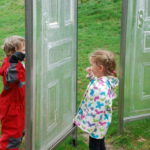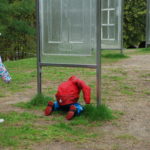A while back, we wondered how posing problems for the children to solve would reveal for us the children’s developing understanding of themselves and each other. How could solving problems show us the kernels of empathy taking root?
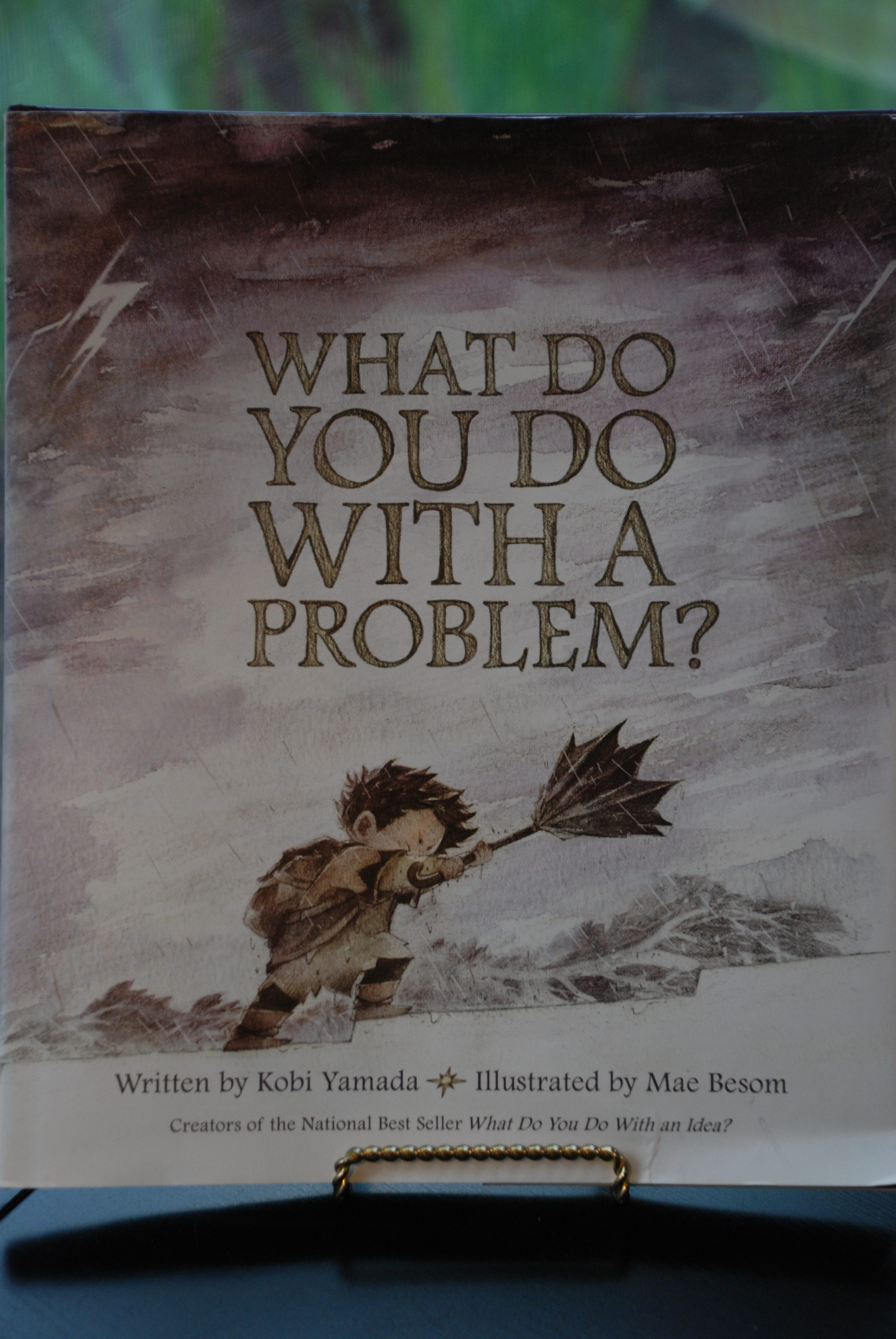
Reading the story What do you do with a problem? we listened…
“You play with it!” -Luca
“(You) save it.” -Case
“Keep it in your mind.” -Travers
“Blow it out of your mind so it’s not there anymore!” -Rosalie
“Solve it!” -Ian
“Blow it out. Out of my mind!” -Travers
“I just shake my head to get it out.” -Wes
“I sweep it out of my head!” -Miles
“I sleep it out! It’s out of my head!” -Caroline
You might remember, we began with trying to solve the problem of protecting a family of chipmunks we discovered at Owl Tree. Embracing this issue, we posed problems to the children plucked from experiences we witnessed happening in the studio.
Our next problem asked,
You arrive to school and kids are playing. You want to play too. What do you do?
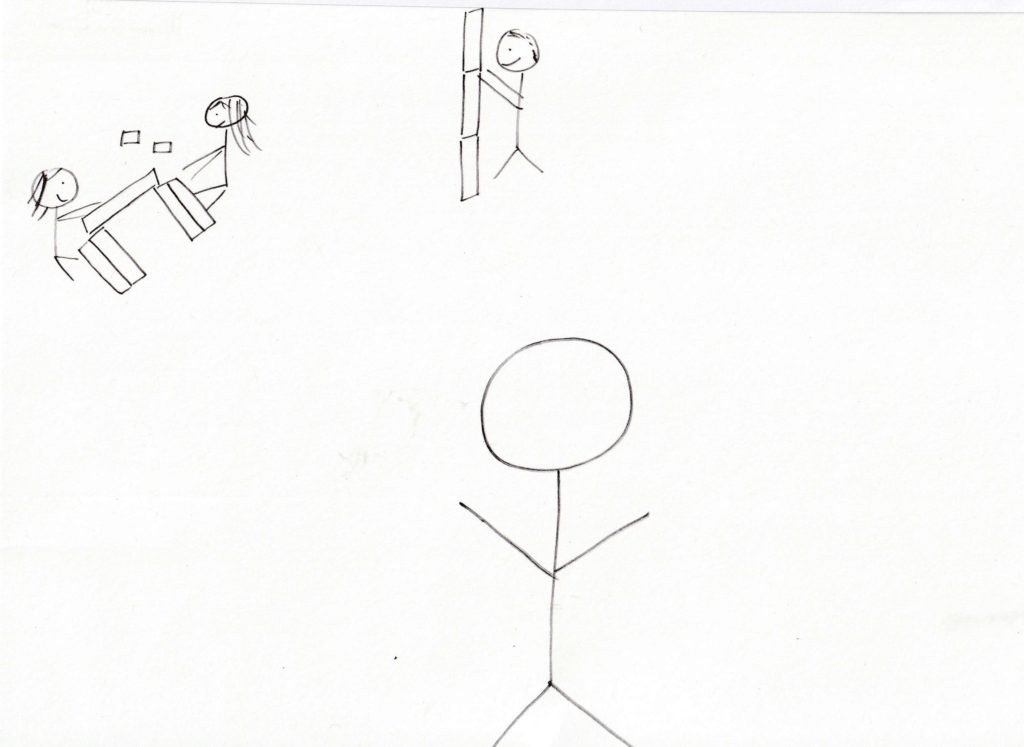
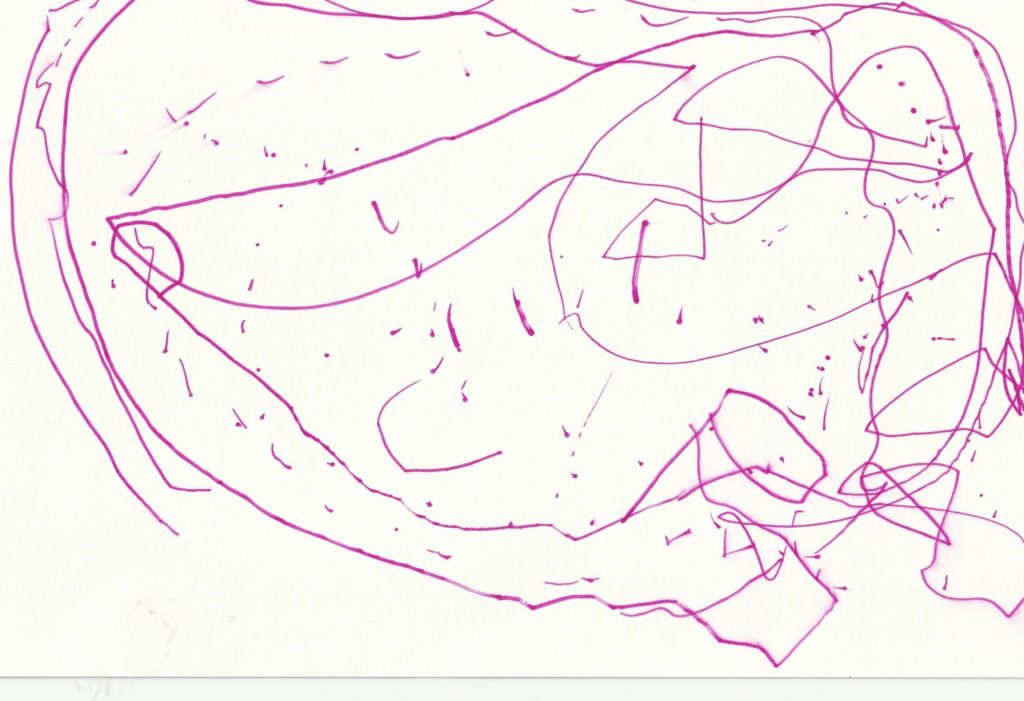
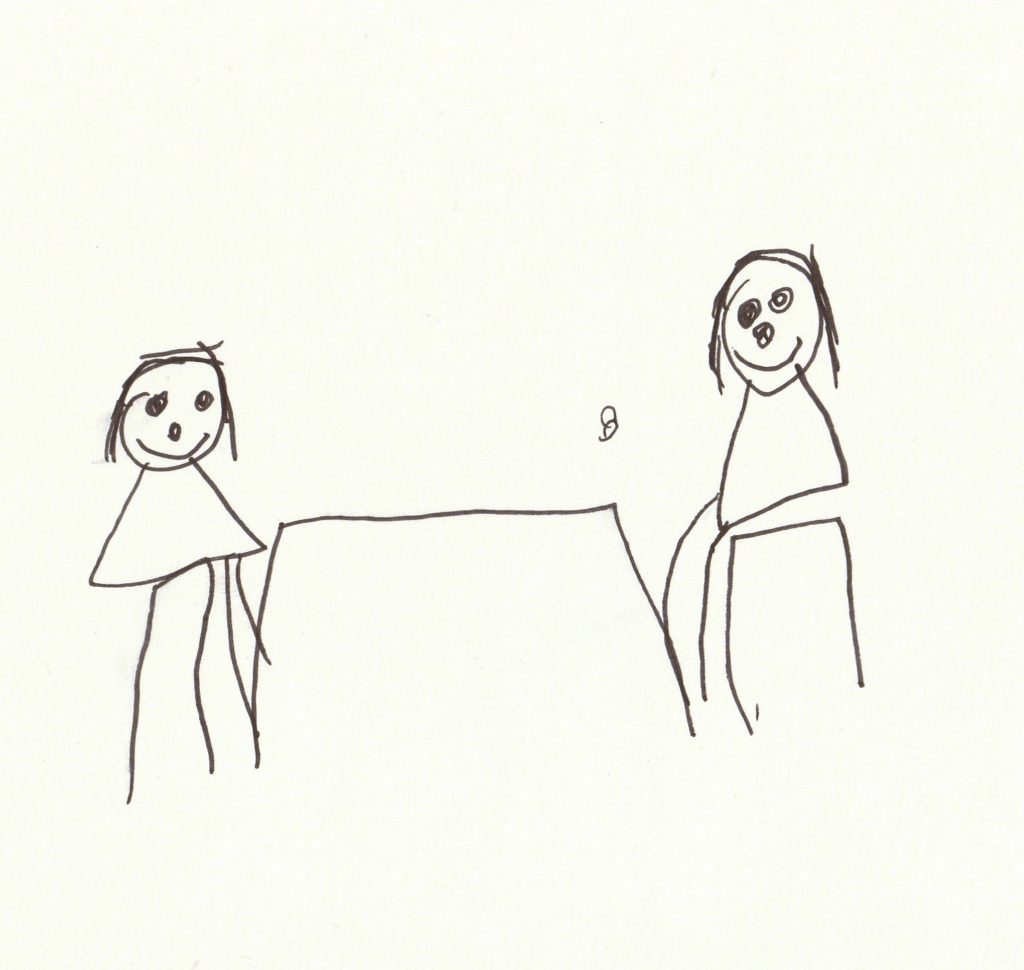
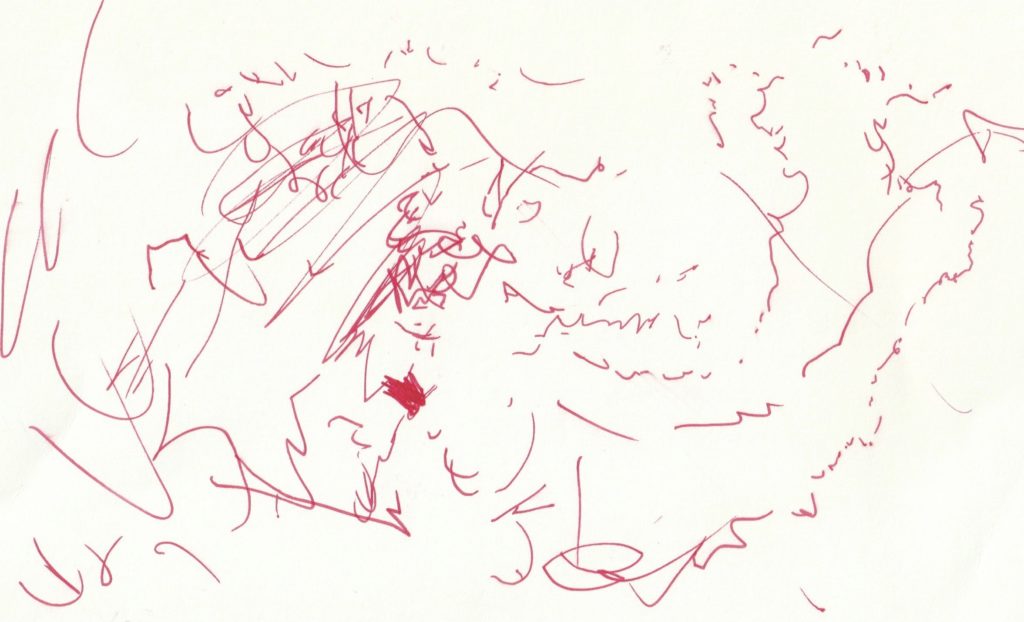
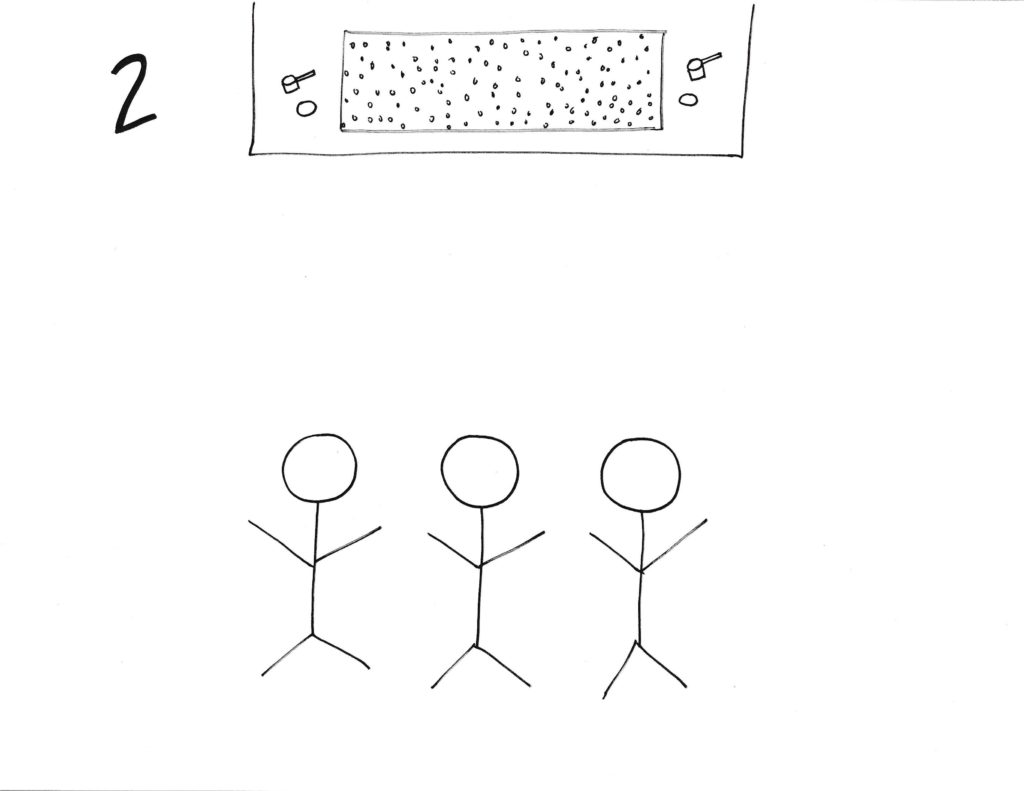
Another problem posed,
Three friends want to be together, but they pick a spot where there’s only room for two. How could they solve this problem?
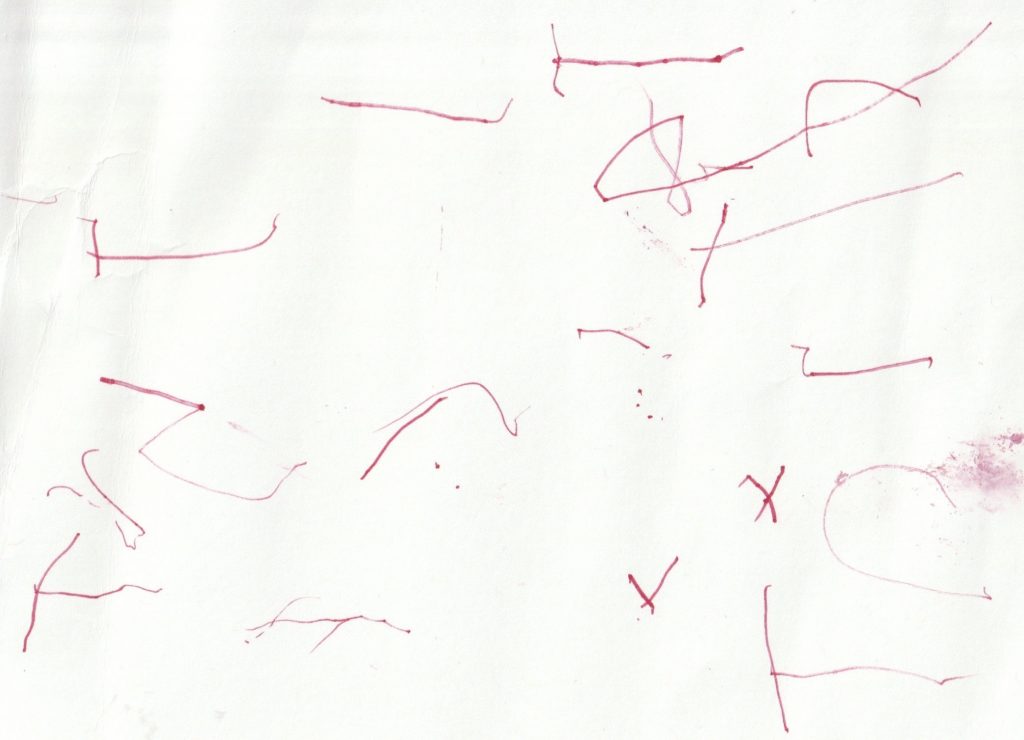
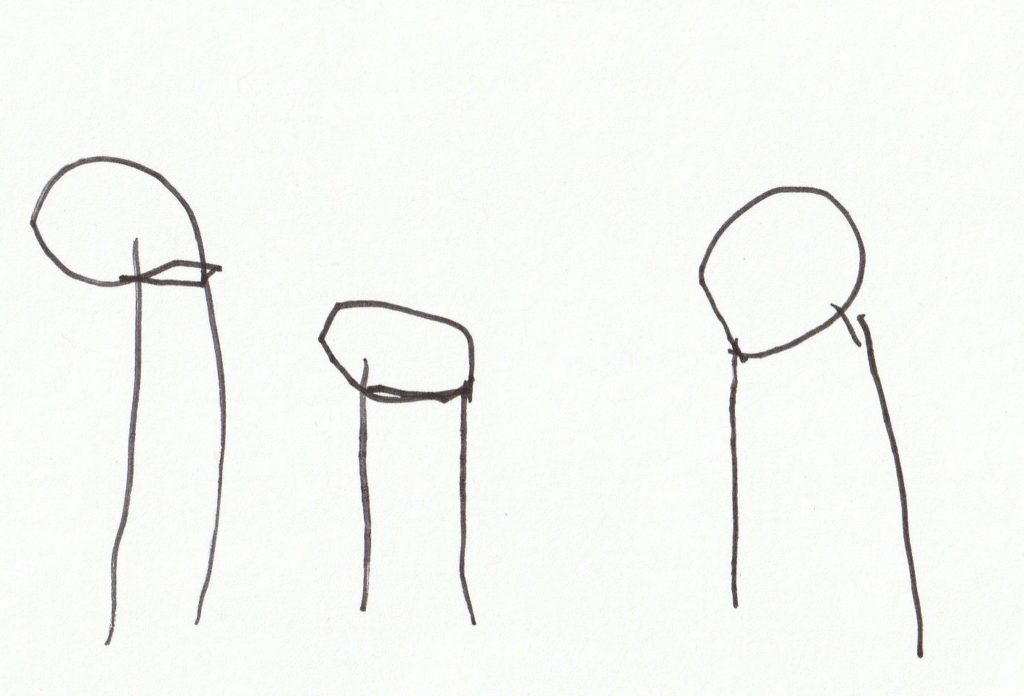
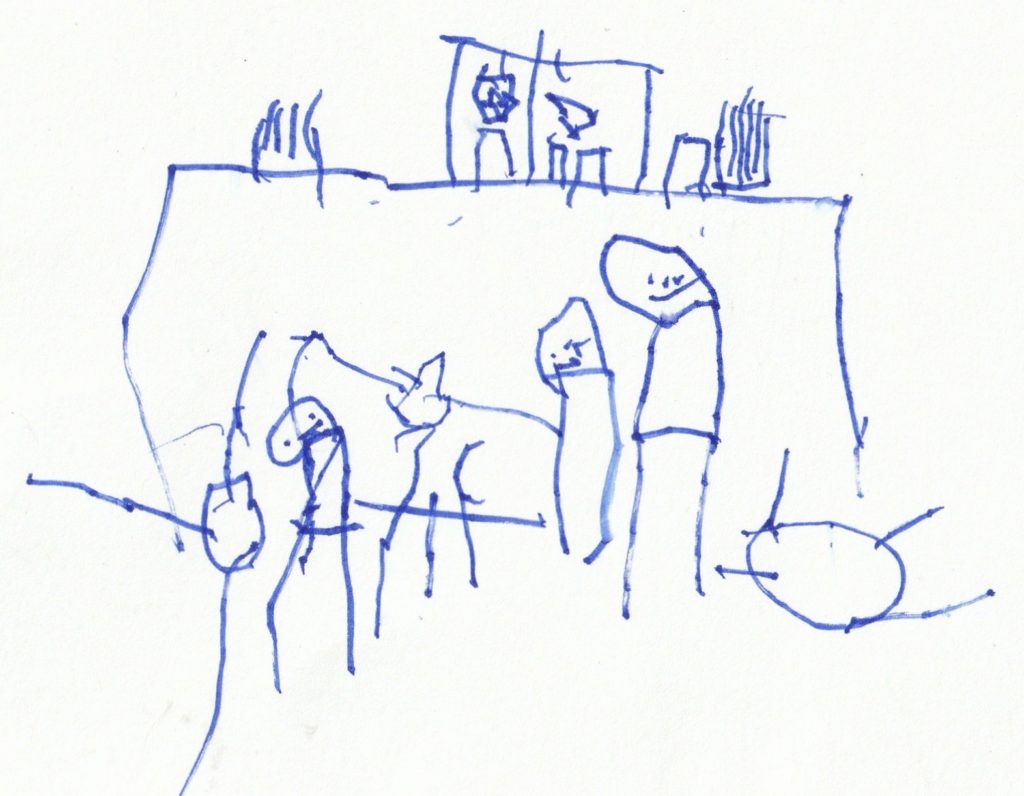
A common problem we witness is sharing. So, next we asked…
Two children are happily playing in blocks. You decide to play in blocks and there’s room, but the other two children are using all the animals. You want some animals to play with too. What are some different ways we could solve this problem?
Bringing this issue to the children, they were quick to catch on to this new routine.
“I know this problem! Addie and I wanted the animals!” -Rosalie
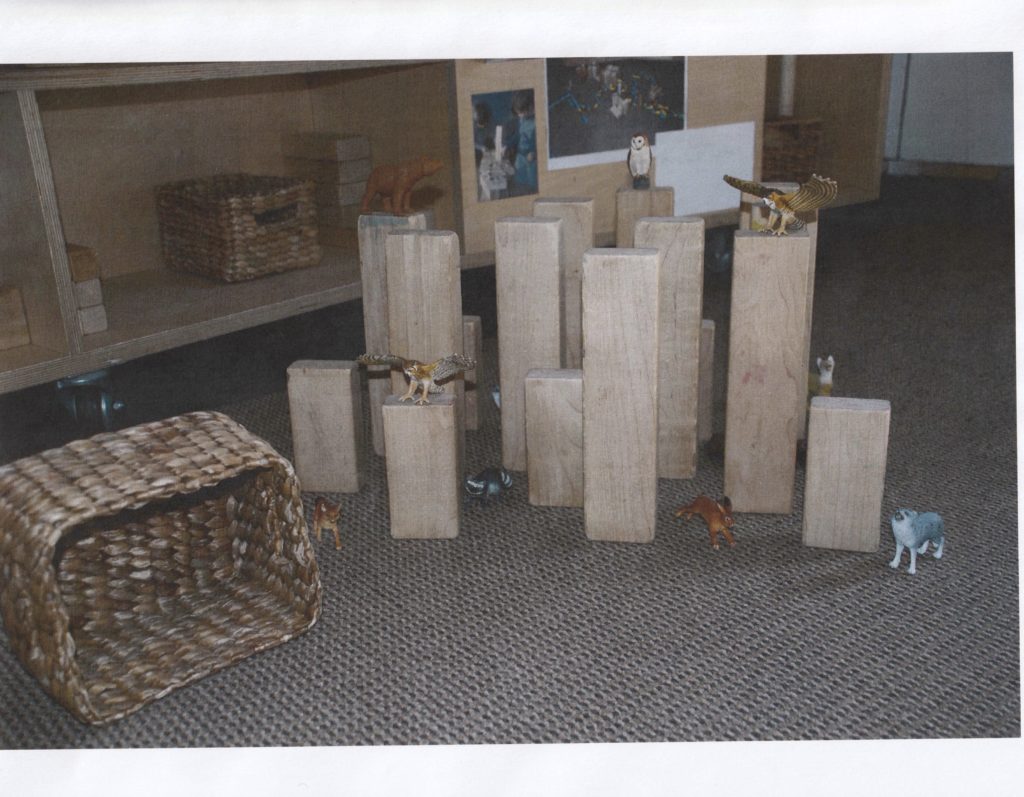
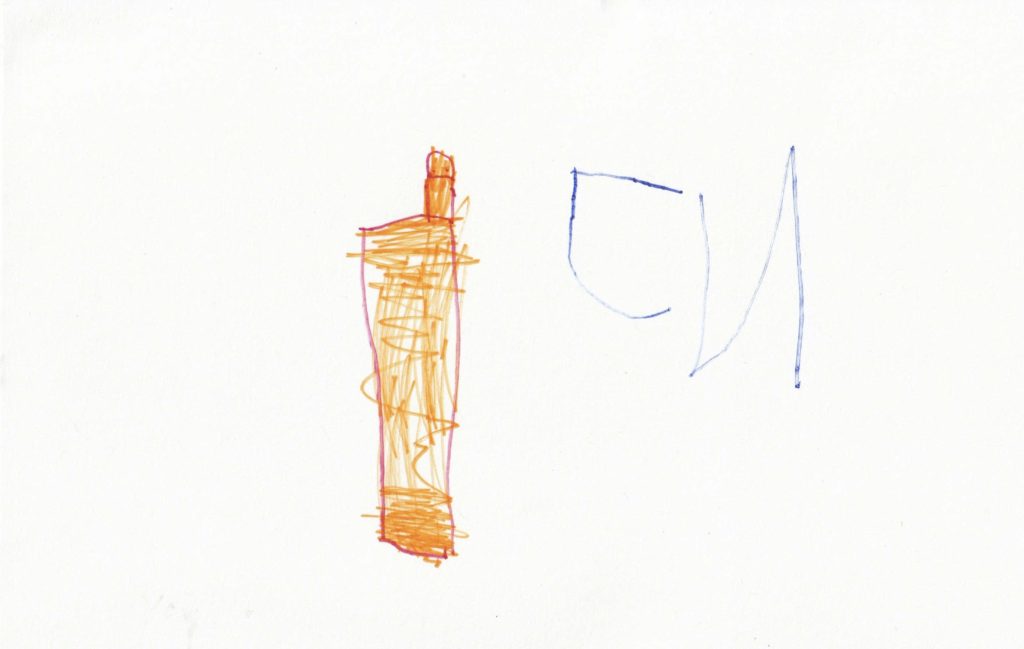
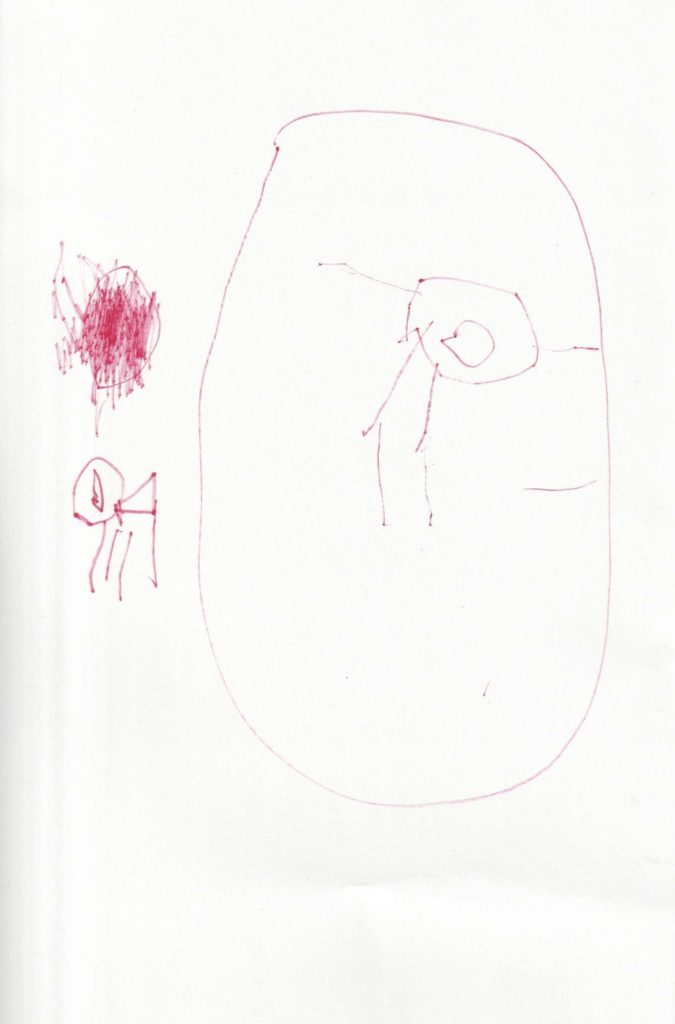
After drawing our solutions to these problems, on Mondays we ask some of the children to share with the group just how they would solve it. Our problem of sharing hit particularly close to home and a very animated discussion followed.

“If nobody’s there, I would just sneak up and take some.” -Louis
“I just sneaked up! Sneaking and stealing is my best thing to do.” -Louis
“Sneaking and stealing to grab is my best idea too!” -Rosalie
“Not mine, I ask!” -Charlie N.
“It’s bad to sneak up and steal cause people get mad.” -Caroline
“Some people do.” -Ruthie
“Not always, Caroline.” -Miles
(DJ wonders aloud with Miles about when Louis did just such and got some of his animals…)
“No, I didn’t even see them. But he told me.” -Miles
“You need to ask for animals.” -Wes
“If you have too many animals you don’t need to ask.” -Miles
“And some sneaking and stealing and then asking. Or maybe just telling people you need some.” -Luca
Our problems are not always social in nature. We have even created wonderings around solving a problem for our larger museum context. Some thought has been percolating around just how we might offer a new way of creating signage for our park sculptures. Signage that would emphasize the can do rather than simply don’t touch. With this in mind, we presented them with a photograph of Saul Melman’s Best of all Possible Worlds (the doors sculpture) and ask them to consider…
What could you do there? How would you play?
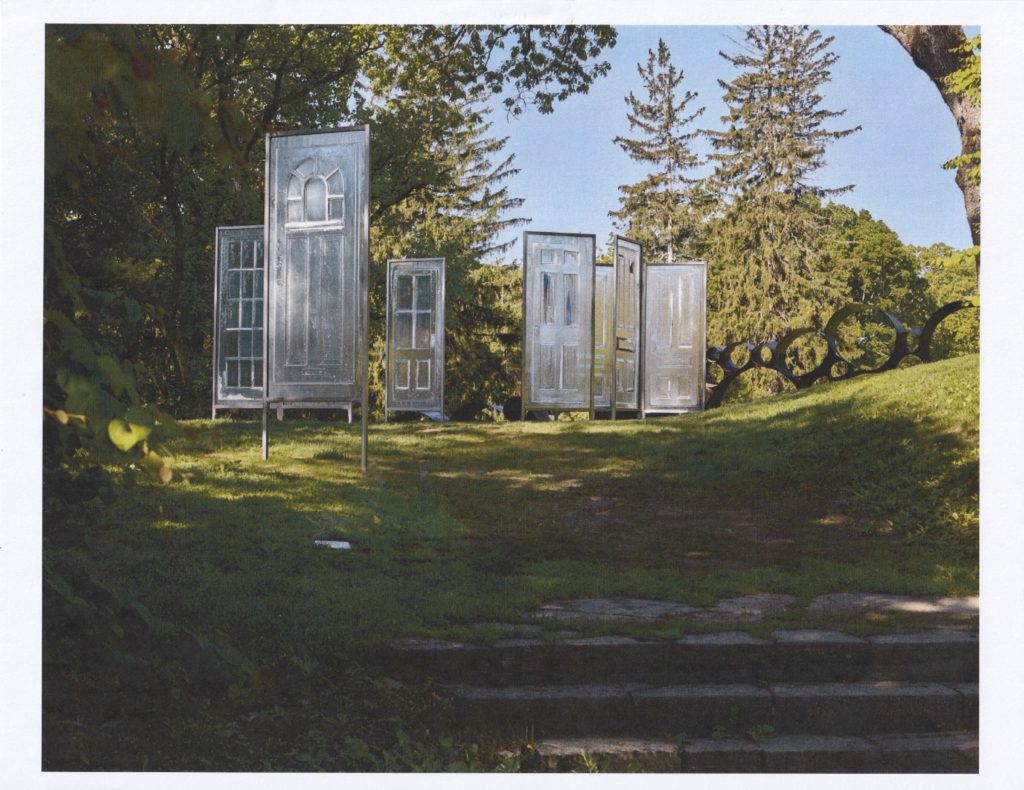
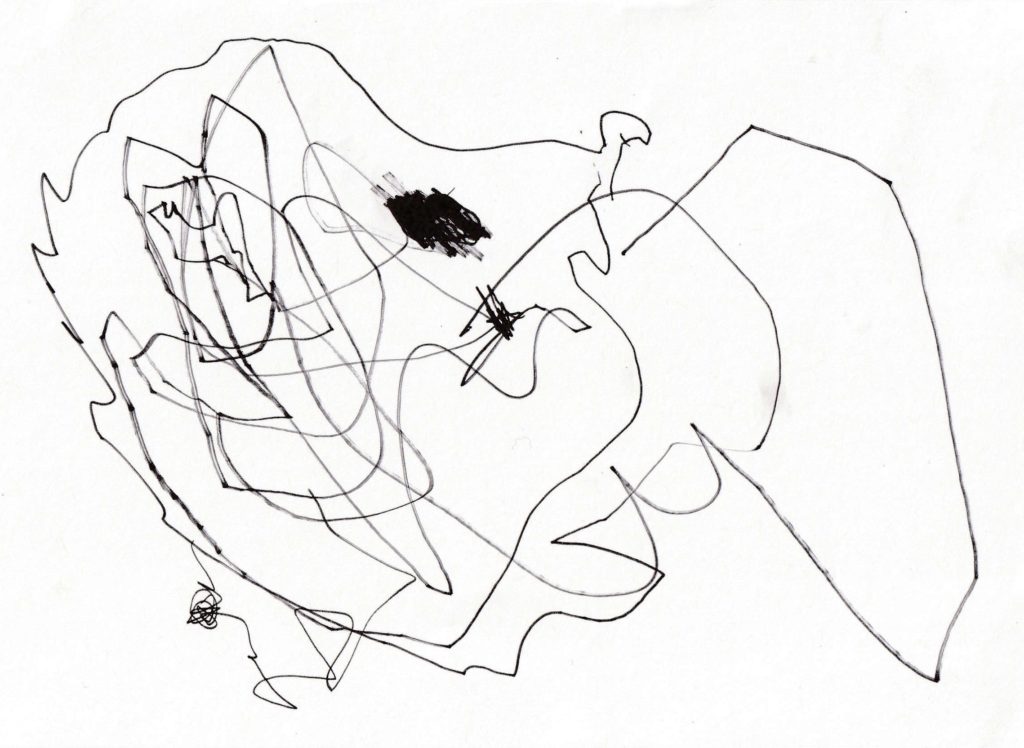
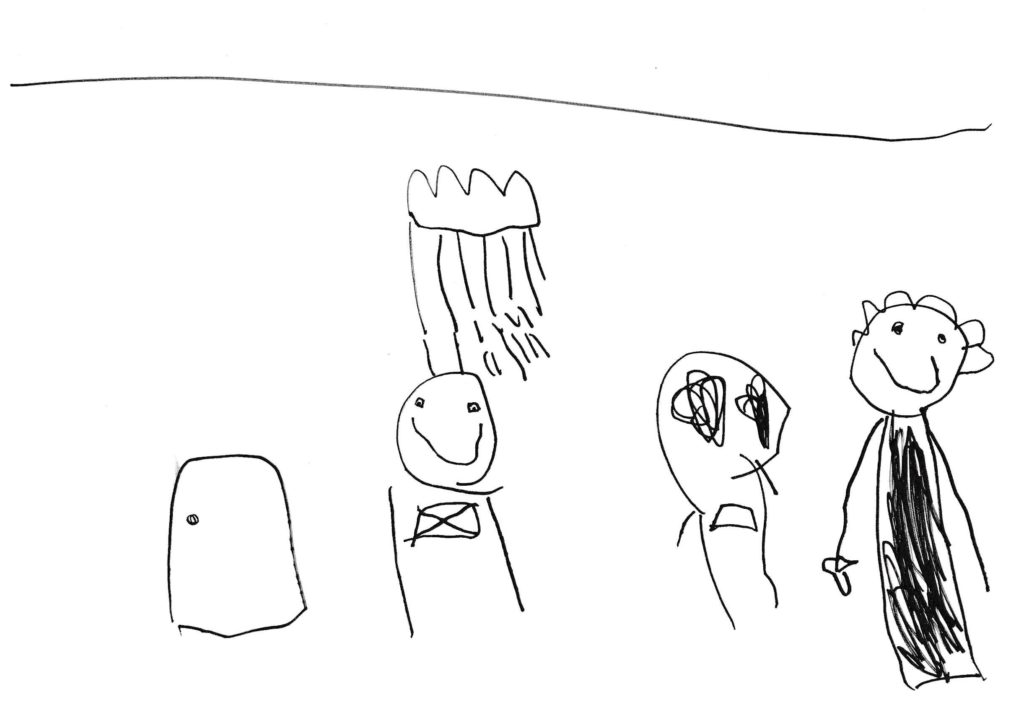
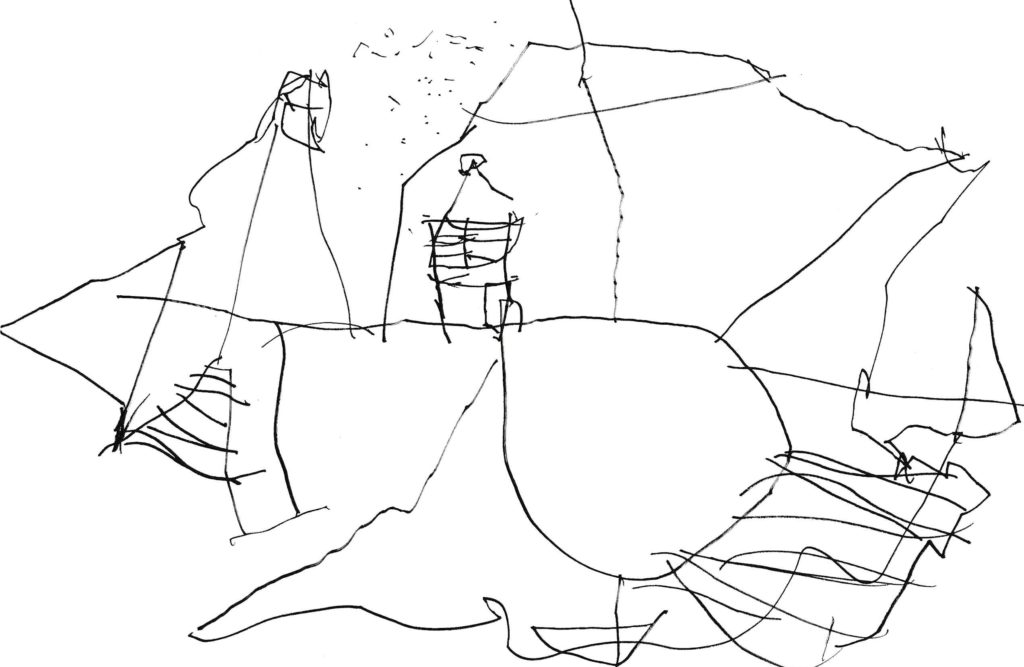
Problems have also bubbled up around our use of materials or tools. Our recent work creating buildings has had us wrestling with a useful but sometimes frustrating material.
You want a piece of tape, but you try to get a piece and it keeps twisting and sticking to itself. What can you do to make it work better?
